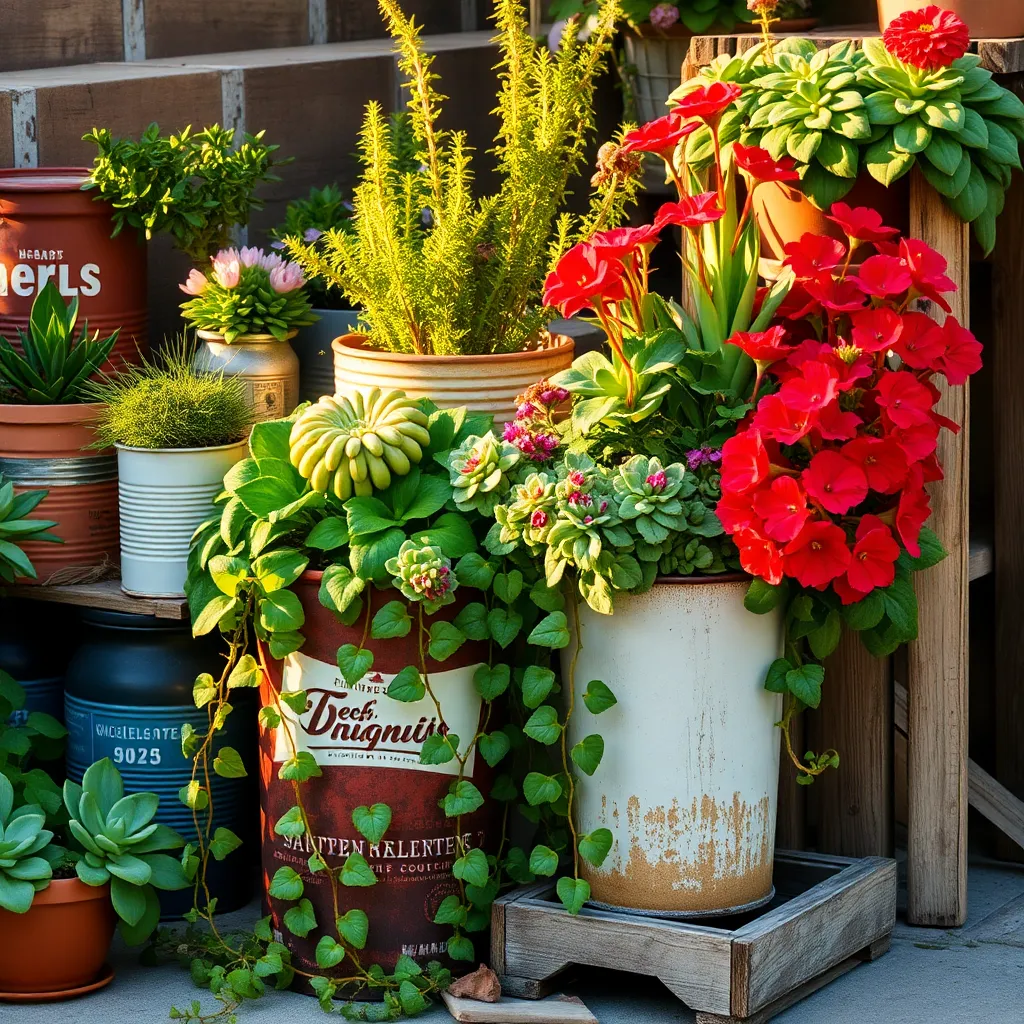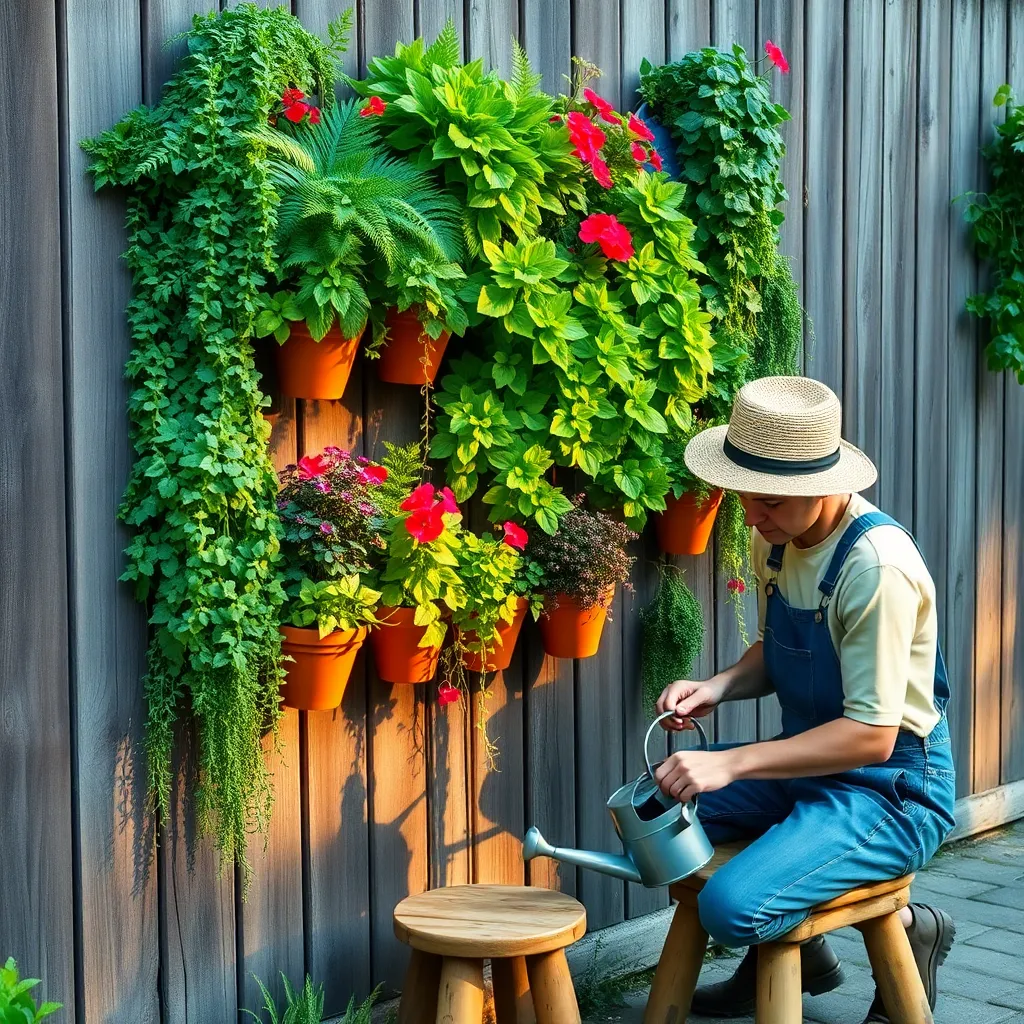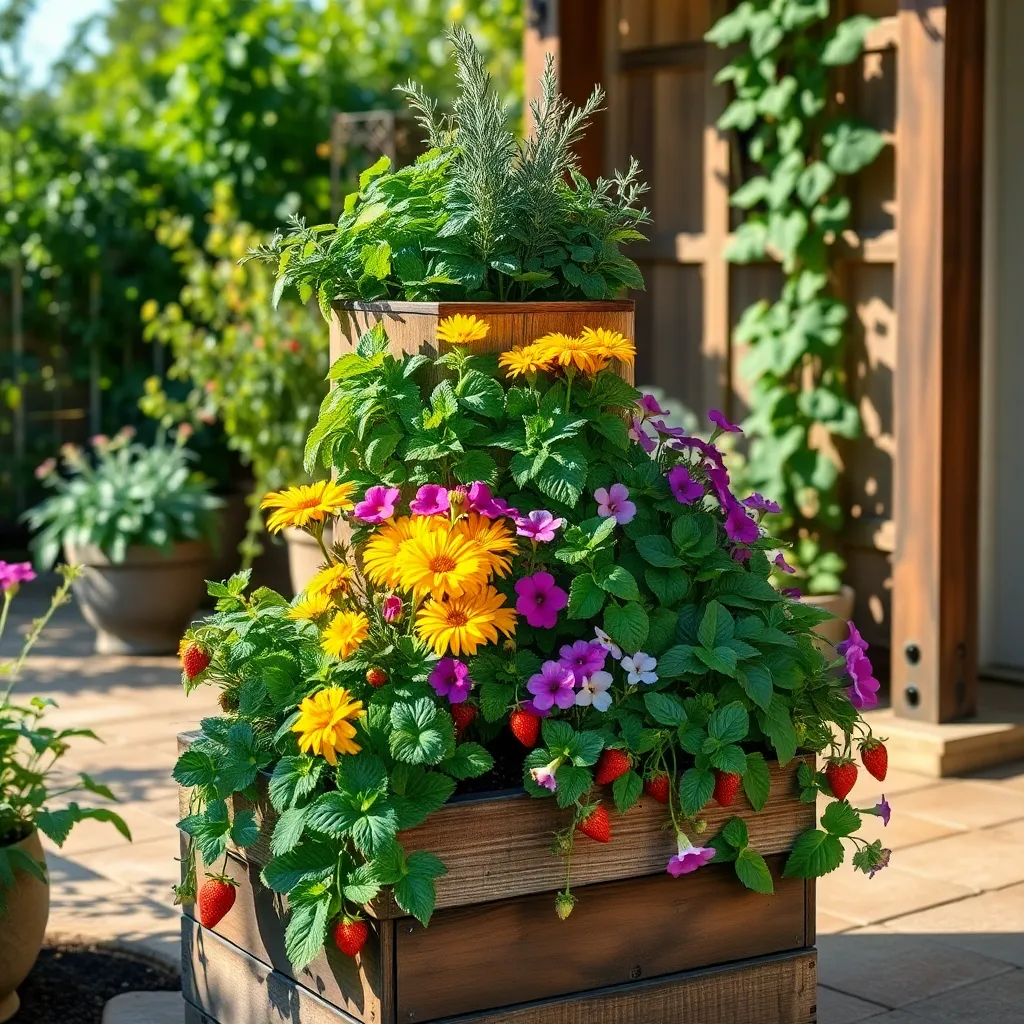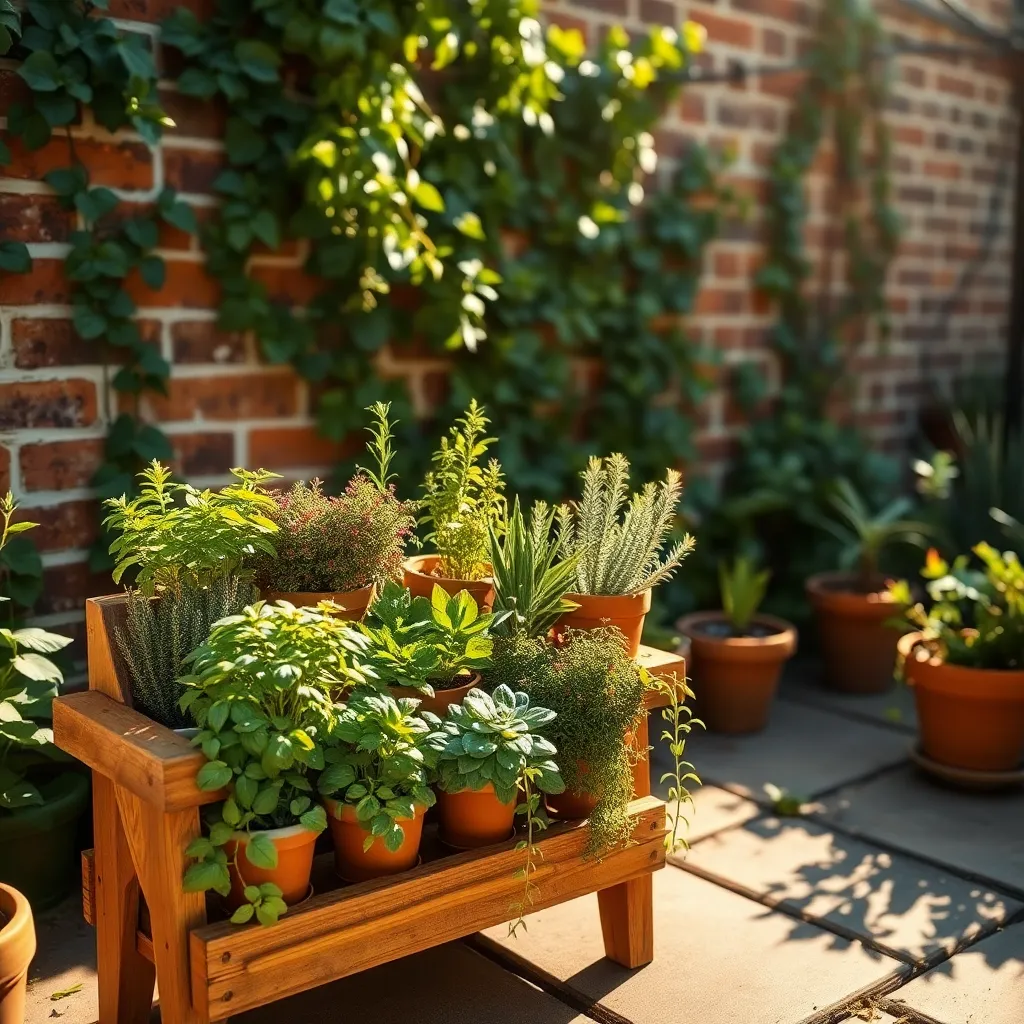Welcome to “Creative Planter Ideas For Small Gardens,” where your gardening dreams take root, no matter the size of your space! Whether you’re just starting your green journey or you’re a seasoned gardener looking to innovate, this guide will inspire you to transform every inch of your garden into a vibrant oasis. With a touch of creativity and the right plants, even the tiniest of balconies or corners can become a lush sanctuary.
In this treasure trove of ideas, you’ll discover the perfect indoor plants that are not only easy to manage but also add a splash of life to your home. These selections are designed to thrive in small spaces, ensuring that your efforts are met with rewarding growth and beauty. As you explore these innovative planter ideas, you’ll gain practical insights and confidence to turn your gardening vision into reality. Embark on this exciting journey with us and experience the joy of nurturing nature right at your doorstep!
Repurpose Old Containers Creatively

Repurposing old containers is a fantastic way to add character to your small garden while being environmentally friendly. Start by identifying sturdy containers such as old teapots, buckets, or even worn-out boots that can hold soil and plants securely.
Ensure the containers have adequate drainage by drilling holes if necessary, as this is crucial for preventing root rot. For beginners, herbs like mint or basil are excellent choices, as they thrive in small spaces and require minimal maintenance.
Consider the growing conditions that each plant needs when choosing your container. For example, succulents prefer a well-draining cactus mix and infrequent watering, making them ideal for shallow containers like old baking pans.
Advanced gardeners can experiment by creating layered plantings in deeper containers. Use a mix of small flowering plants and trailing vines, ensuring the container is filled with a loamy potting soil that retains moisture while providing good drainage.
To add a creative touch, paint or decorate the exterior of your containers to match your garden’s theme. This simple step can transform a mundane object into a unique focal point, enhancing the aesthetic appeal of your garden space.
Hang Planters to Save Space

Hanging planters are an excellent way to maximize space in small gardens, offering a vertical dimension to your planting area. Choose lightweight containers and sturdy hooks to ensure your plants are securely supported, especially if you’re growing heavier plants like tomatoes or ferns.
Opt for plants that naturally drape or cascade, such as ivy, petunias, or pothos, to create a lush, overflowing effect. These plants often thrive in hanging planters because they can spread out freely, making use of the vertical space without crowding.
Ensure proper drainage by selecting planters with holes at the bottom, and add a layer of stones before the soil to prevent waterlogging. Use a high-quality potting mix that retains moisture but still drains well, such as one containing perlite or vermiculite, to keep your plants healthy.
Regular watering is crucial since hanging planters can dry out faster than ground pots due to increased exposure to wind and sun. Water your plants deeply until you notice water draining from the bottom, and consider adding a slow-release fertilizer to support growth throughout the season.
Utilize Vertical Wall Gardens

Vertical wall gardens are an excellent way to maximize space and add lush greenery to small gardens. They allow you to transform bare walls into vibrant, living art pieces that bring life to any space.
Start by selecting plants that thrive in vertical arrangements, such as ferns, succulents, and herbs. These plants are typically low-maintenance and can adapt well to the limited soil space provided by wall planters.
When setting up your vertical garden, use a high-quality potting mix that retains moisture yet allows for good drainage. Consider adding a slow-release fertilizer to ensure your plants receive the nutrients they need over time.
Watering is crucial for vertical gardens, as the elevated position can lead to faster drying of the soil. Install a drip irrigation system or water manually using a spray bottle to maintain even moisture levels throughout your wall garden.
Opt for Tiered Planter Designs

Tiered planter designs are an excellent way to maximize limited space while adding visual interest to your small garden. By stacking multiple levels of planters, you can grow a variety of plants without needing a large footprint, making it an ideal solution for patios or balconies.
Consider using tiered planters to create distinct growing zones for different plant types such as herbs, flowers, and vegetables. This approach allows you to tailor the soil and watering needs for each level, ensuring that every plant receives the specific care it requires.
For optimal results, choose a lightweight potting mix that provides good drainage, which is crucial for the health of plants in tiered arrangements. Incorporating materials like perlite or vermiculite can improve aeration and prevent waterlogging, protecting your plants’ roots from rot.
Begin with easy-to-grow plants like basil, petunias, or lettuce for the top tiers to ensure they receive ample sunlight. More shade-tolerant plants like ferns or begonias can thrive in the lower tiers, where they are naturally shielded from direct sun exposure.
Incorporate Multi-Use Plant Stands

Incorporating multi-use plant stands in your small garden can maximize space and add visual interest. These stands allow you to display plants at varying heights, creating a dynamic look without taking up much ground area.
When selecting a plant stand, consider one with adjustable shelves. This feature can accommodate different pot sizes and plant heights, making it versatile for a range of plants from succulents to trailing vines.
Choose stands made from weather-resistant materials like metal or treated wood, ensuring longevity and minimal maintenance. Make sure the stand’s structure is sturdy enough to support the weight of your chosen plants, especially when watered.
For an added touch of creativity, use the plant stand to create a themed display, such as an herb garden or a collection of colorful blooms. To keep your plants healthy, ensure they receive the right amount of sunlight based on their specific needs by rotating the stand or relocating it periodically.
Conclusion: Growing Success with These Plants
In nurturing a vibrant garden, much like tending to a thriving relationship, creativity, attention, and care are essential. This article explored five key concepts for cultivating a flourishing small garden: maximizing vertical space to mirror expansive growth in limited areas, repurposing everyday items as planters to spark resourcefulness, layering plants for depth and texture akin to building multifaceted connections, mixing colors and textures to maintain vibrancy and interest, and utilizing portable planters to reflect the adaptability required in relationships.
As your actionable next step, choose one concept and implement it in your garden or relationship today—whether it’s stacking pots vertically or finding a new way to connect with your partner. Remember, nurturing a relationship, like a garden, requires ongoing care and creativity.
Don’t forget to save this article as a handy reference for when you need a little inspiration or a reminder of the parallels between gardening and relationship-building. By weaving these creative ideas into your life, you’re setting the stage for both your garden and your relationships to blossom beautifully. Here’s to your continued growth and success in cultivating love and connection!

